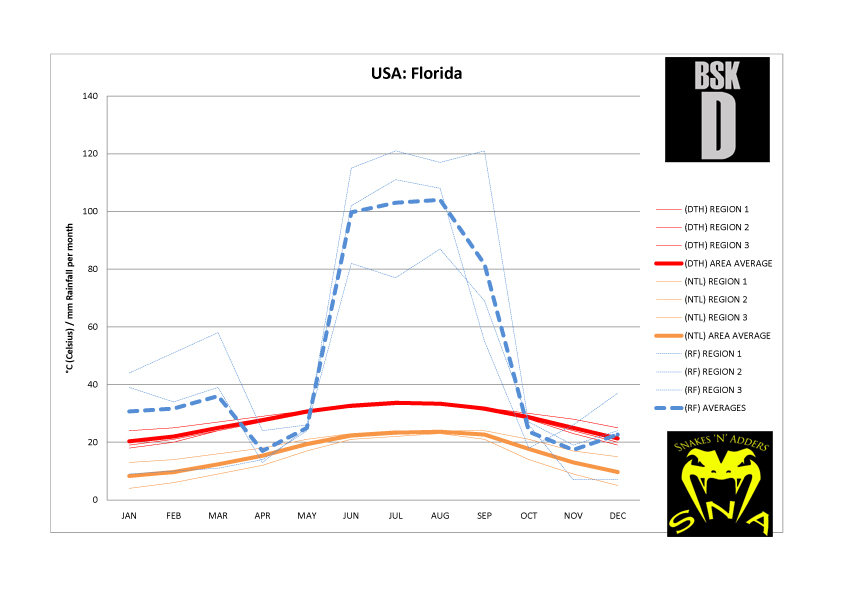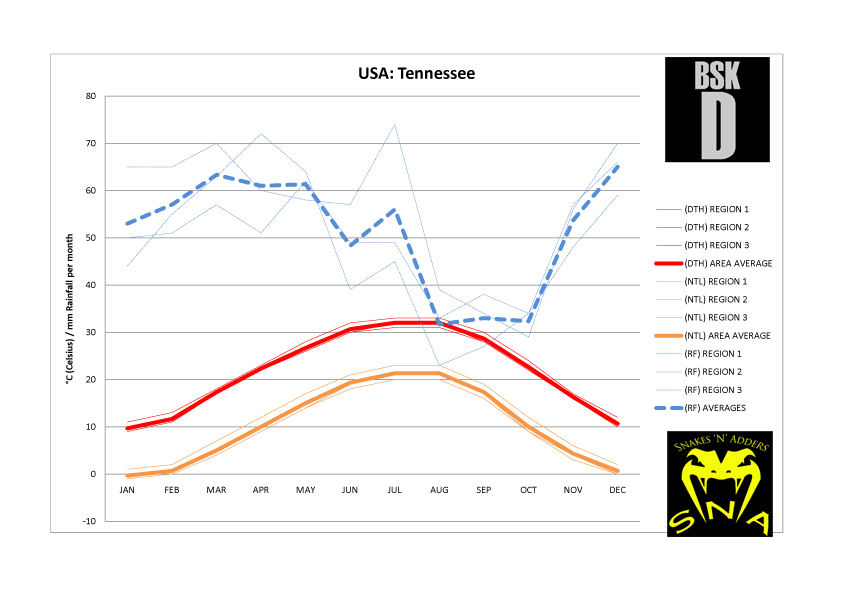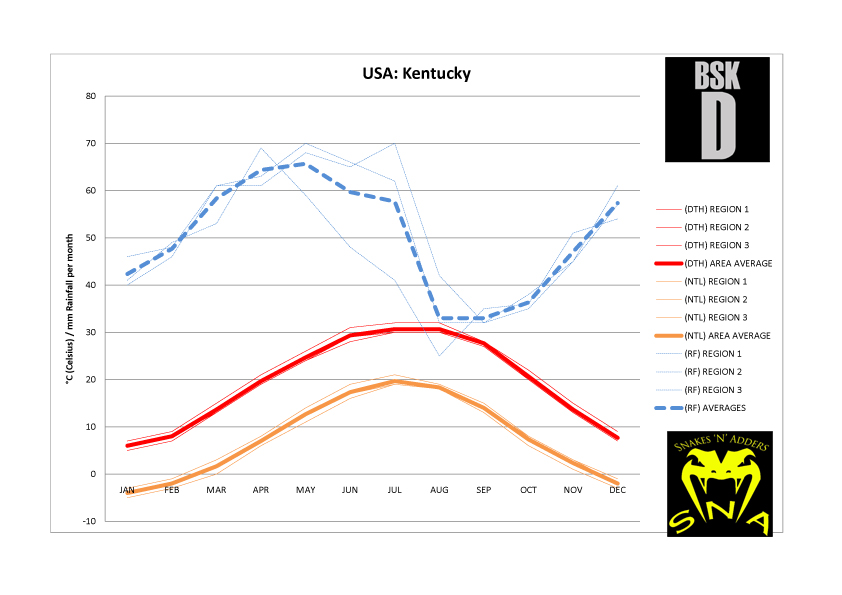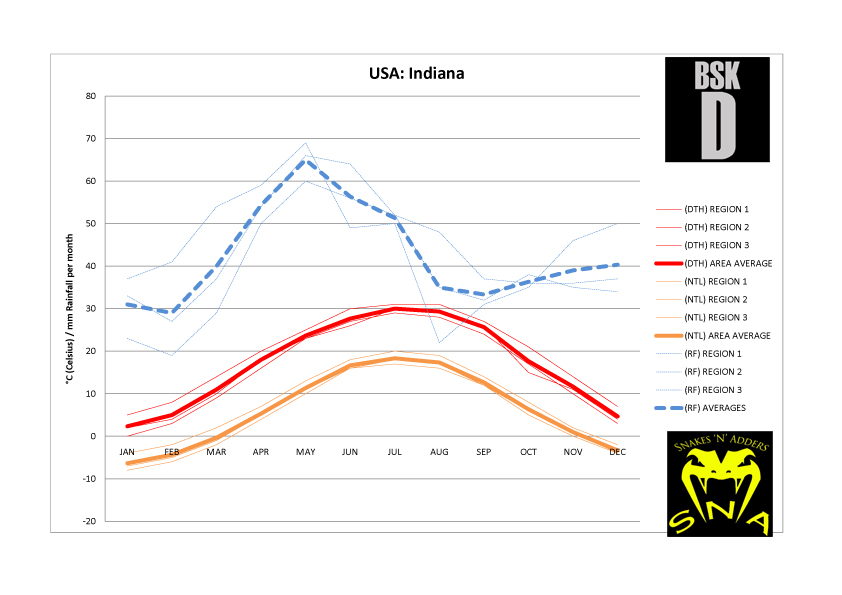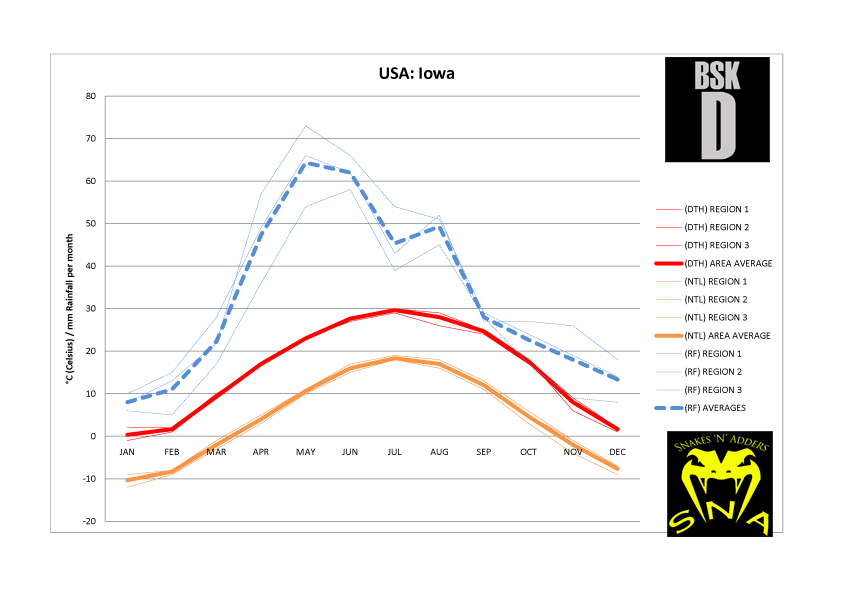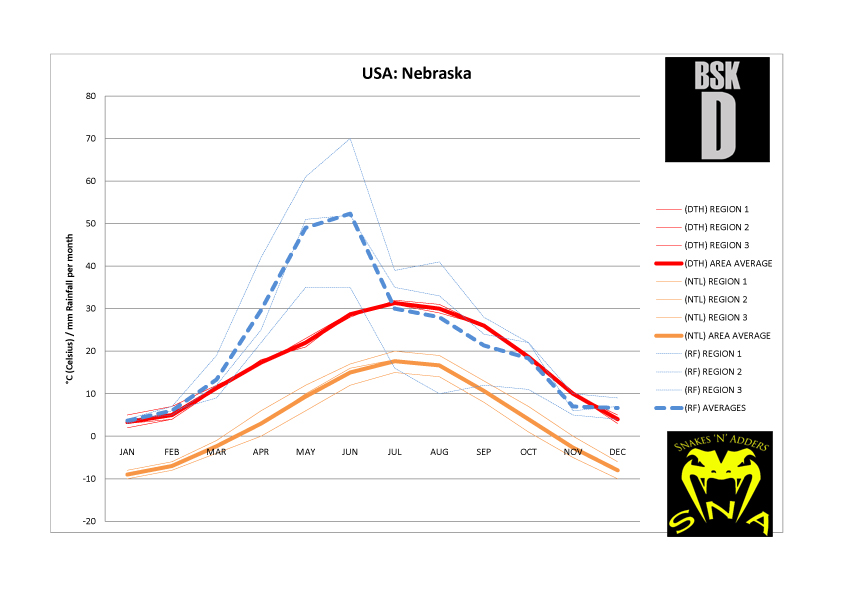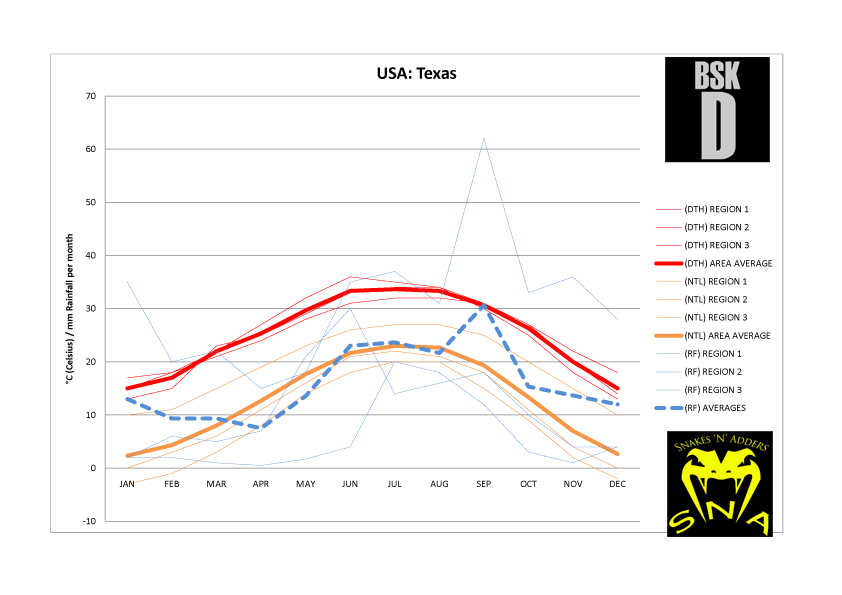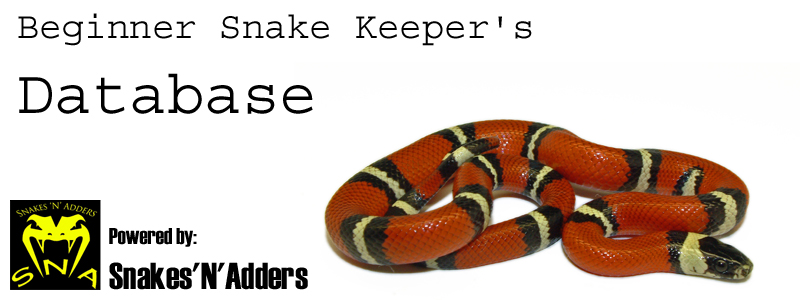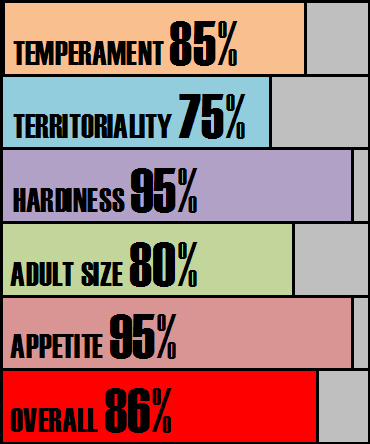

Species Notes based on experiences:
It is hard to understand why this snake never made a greater impact on the snake keeping public. Prairie King Snakes are fantastic snakes, and in pretty much all of our attributes they score higher than their more popular cousins from the Lampropeltis getula complex. Potentially this may be down to the natural colour palette the species has which is somewhat subdued. Not ugly by any stretch, just muted by comparison.
Score analysis:
Temperament is solid with the vast majority of Prairie King Snakes being totally laid back and quite happy to be handled. They do not musk with any large amount of regularity and tend to just get on with investigating the local area (your top, hair or packets etc). They do not seem to be as liable to bite as the largest North American King snakes.
Territoriality lags slightly behind temperament with this species as when in the vivarium they are very switched on for food. This can manifest itself as the snake misidentifying your hand for food. Care should be taken removing the snake from the enclosure. Once this has been achieved all antagonistic behaviours will cease. Startled animals may occasionally rattle their tail in protest but ‘S’ing up and bluff striking are rare.
In Northern areas of this species natural range winters are pretty harsh. This makes for a hardy resilient snake. We have never encountered any Prairie King Snakes with compromised immune systems. In the round they present as very reliable pet snakes.
Prairie King Snakes rest right in the sweet spot for adult snake size at around 3.5-4ft in length. They are a chunky and robust snake in the hand. They do not feel delicate or liable to be hurt by handling. They are also surprisingly strong and muscular.
King Snakes are fantastic feeders generally. Prairie kings are no exception. Feeding is unproblematic even at an early age with snakes readily accepting defrosted mammal prey. This King Snakes grows at pace and will prove to be a totally reliable pet. Occasionally in adulthood males in particular may fast but this is relatively fleeting and not of great concern.
Enclosure recommendations:
Tub:
33 or 50 ltr
Vivarium:
90cm x 45cm x 45cm
Budget rig: -
40cm x 30cm heat pad
On / off thermostat
Digital thermometer to monitor thermostat performance
Warm hide
Cool hide
Water bowl
substrate
Recommended rig (vivarium only): -
150w ceramic heat emitter
Ceramic lamp holder and bracket
Bulb guard
Day night thermostat
Digital thermometer to monitor thermostat performance
Various caves and branches along the thermal gradient
Damp hide
Plants and foliage (live or artificial – your choice)
Water bowl
Substrate
UVB light (8w T5 shade dweller 7% kit from Arcadia or equivalent) (optional)
Subterranean section to vivarium for further psychological security (optional)
Climate analysis:
Florida and Texas make up the East and West extreme of the natural range. These two states are relativel y clement and don’t post huge issues in climate stress. As we move further north and from the East through the Midwest things begin to look a little harsher in winter. Minimum cool temperatures in certain regions can reach -10°c but for the most part it is between 0°c and -5°c. These snakes would have to brumate for at least 2 maybe up to 4 months of the year to escape the cold.
Conclusion:
A superb choice of pet snake. If at all possible this is a snake that potentially punches well above its weight. It is often overshadowed by its bigger cousins which score far lower based on the attributes as we look at them. There is a particularly pretty albino in the hobby and certain lines of Prairie King snakes are very attractive with near brick red saddles. One to look out for, a highly rewarding and laid back snake.
